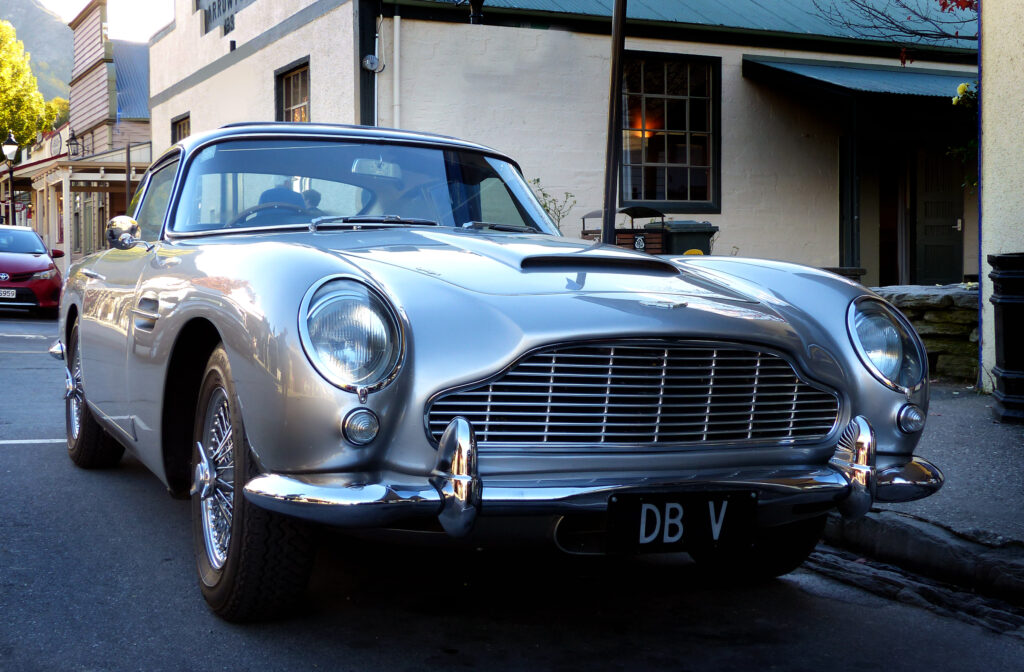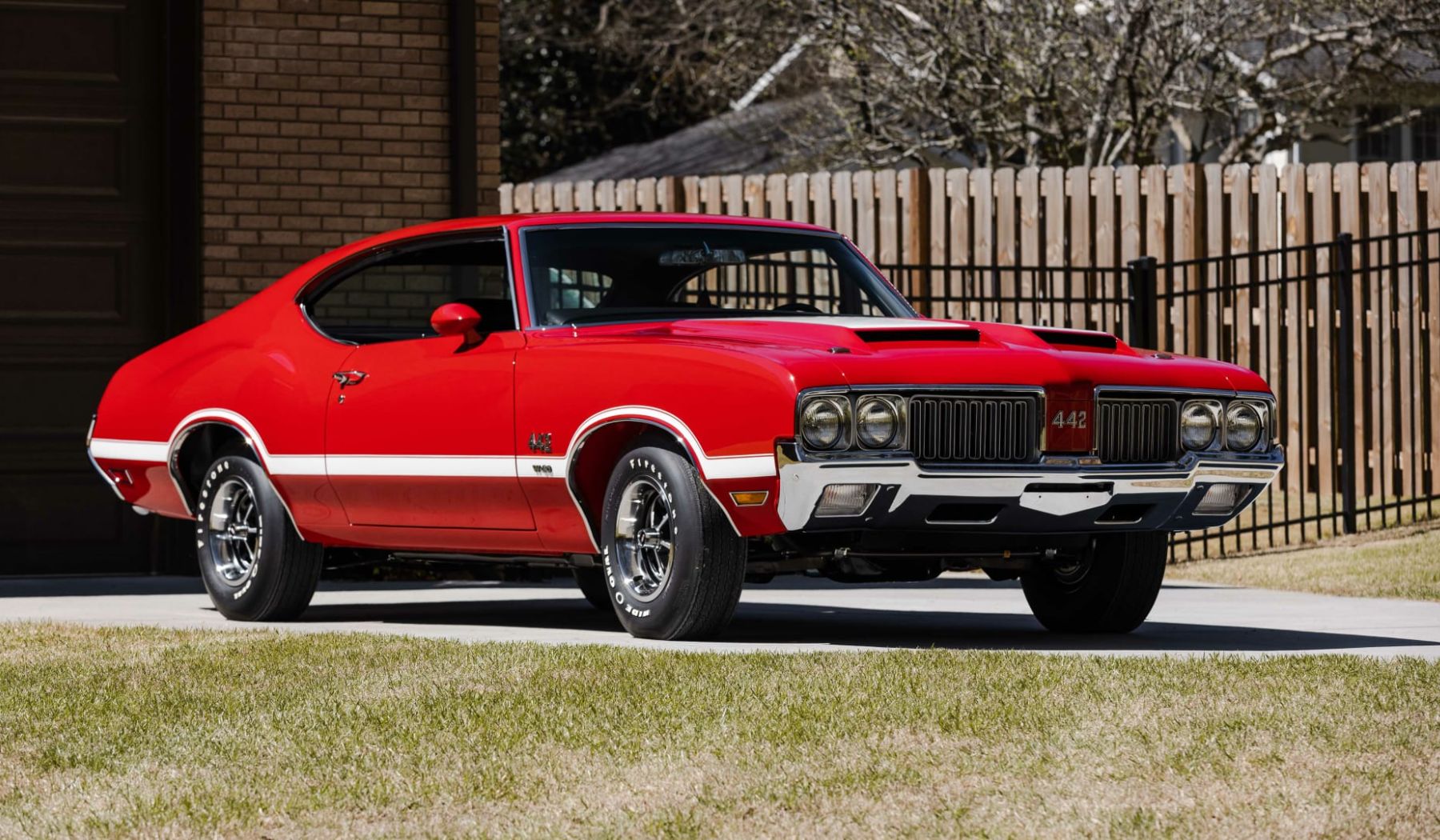
Ah, the siren song of a new car! That intoxicating scent of fresh upholstery, the gleaming paint under showroom lights, the promise of open roads and trouble-free miles. It’s a dream many of us chase, a perfect blend of freedom and engineering prowess. But beneath that polished veneer, a darker truth often lurks, ready to transform a dream purchase into a rolling nightmare. Because let’s be honest, sometimes our automotive fantasies crash and burn faster than a vintage Alfa Romeo at a concours event.
We’ve all heard the cautionary tales, the whispered anecdotes of friends and family lamenting their automotive blunders. From relentless engine failures and baffling electrical gremlins to soul-crushing depreciation and repair bills that could fund a small nation, some vehicles seem almost designed to disappoint. They drain not just your wallet, but your very spirit, leaving a bitter taste of regret every time you turn the key, wondering where it all went wrong with that shiny new machine.
But this isn’t just about anecdotal gripes or isolated incidents. The fine folks at the Honest John Satisfaction Index have done the legwork, polling over 6,000 car owners to uncover the unvarnished truth about vehicle reliability. Their findings challenge the very notion that a premium badge automatically guarantees peace of mind, or that a family-friendly design always translates to flawless function. We’re diving deep into the cars that consistently fail to meet expectations, proving that sometimes, the biggest disappointments come in the most stylish packages.
---Front-3869660-2560x1440.jpg)
1. **Mercedes-Benz GLC (2015-2022) – The Biggest Disappointment**Starting off our rather ignominious list, we have a name that might send a shiver down the spine of many luxury SUV hopefuls: the Mercedes-Benz GLC. This isn’t just a car that underperforms; it’s a vehicle that has earned the dubious distinction of being the worst-rated car on this particular reliability index, scoring a paltry 8.52. For a brand synonymous with German engineering and opulent comfort, this is less of a stumble and more of a full-blown face-plant.
Owners, who likely shelled out a considerable sum expecting the pinnacle of automotive excellence, have been met with a harsh reality. The reports are grim, citing frequent breakdowns that leave drivers stranded and frustrated. These aren’t minor inconveniences; we’re talking about the kind of mechanical failures that necessitate expensive, recurring trips to the service bay, quickly eroding any initial joy of ownership and replacing it with a growing sense of buyer’s remorse.
The core of the dissatisfaction stems from not just the frequency of issues, but the sheer cost associated with rectifying them. When you purchase a luxury SUV designed to compete head-on with stalwarts like the BMW X3 and Audi Q5, you inherently set a high bar for dependability. The GLC, unfortunately, consistently trips over that bar, leaving a trail of high repair costs and a general, pervasive sense of disappointment in its wake, undermining the very premise of luxury motoring.
Perhaps the most telling indictment of its reliability woes is the fact that the Mercedes-Benz GLC has been unceremoniously crowned the least satisfying car to own in the UK. This isn’t a small sample size; it’s a widespread consensus among actual owners who have lived with this vehicle day in and day out. It’s a stark reminder that a prestigious badge and a premium price tag are no guarantee against the bitter taste of automotive regret.
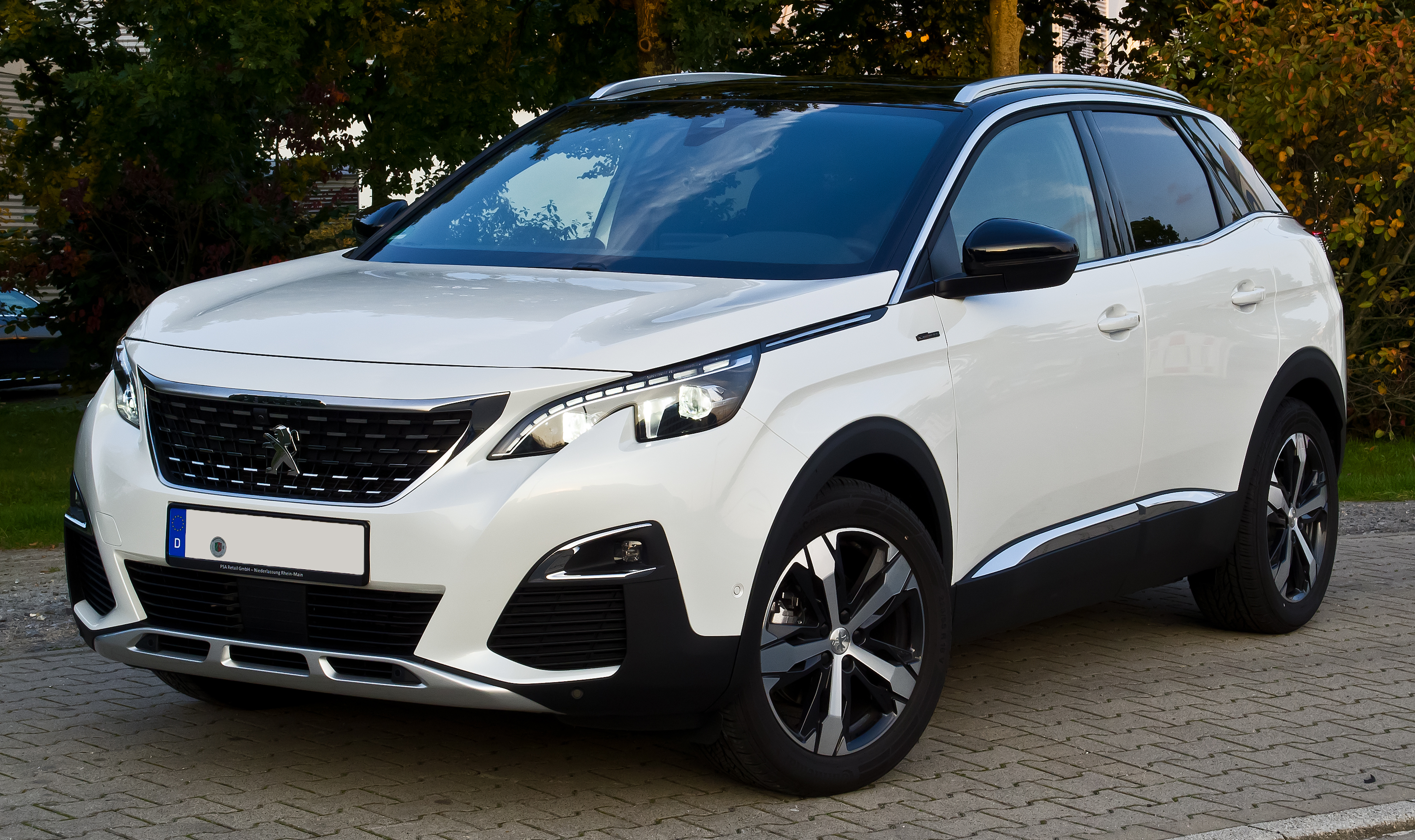
2. **Peugeot 3008 – Style Over Substance**Next on our journey down the road of regret is the Peugeot 3008, a crossover that, at first glance, seems to have it all. Its sleek, modern design and engaging driving experience have garnered significant praise, drawing in buyers who appreciate a dash of French flair and a genuinely enjoyable ride. Indeed, when it rolls off the showroom floor, it carries itself with a confidence that suggests it’s far more than just another family SUV.
However, beneath that undeniably stylish exterior, the Peugeot 3008 harbors a secret that its owners have come to know all too well: a noticeable lack of long-term durability. With a reliability score of 8.61, it becomes clear that while it might turn heads, it struggles with the more mundane, yet crucial, aspects of daily car ownership. The honeymoon phase, it seems, is regrettably short-lived for many.
Owners have pointed to consistent issues concerning overall build quality, indicating that the car’s attractive aesthetics didn’t quite translate into robust engineering in all areas. This leads to unexpected component failures and, predictably, unwelcome repair bills that chip away at the initial appeal. Compounding these structural concerns are reports of high fuel costs, transforming what should be an economical family runner into a financial burden over time, especially with current fuel prices.
Despite its popularity among families, who are often drawn to its practical cabin and distinctive look, these persistent reliability concerns cast a long shadow. The allure of its design and driving dynamics unfortunately can’t offset the frustration and financial strain caused by its shortcomings. It’s a classic case of style winning the initial battle for attention, but substance ultimately losing the war for owner satisfaction.
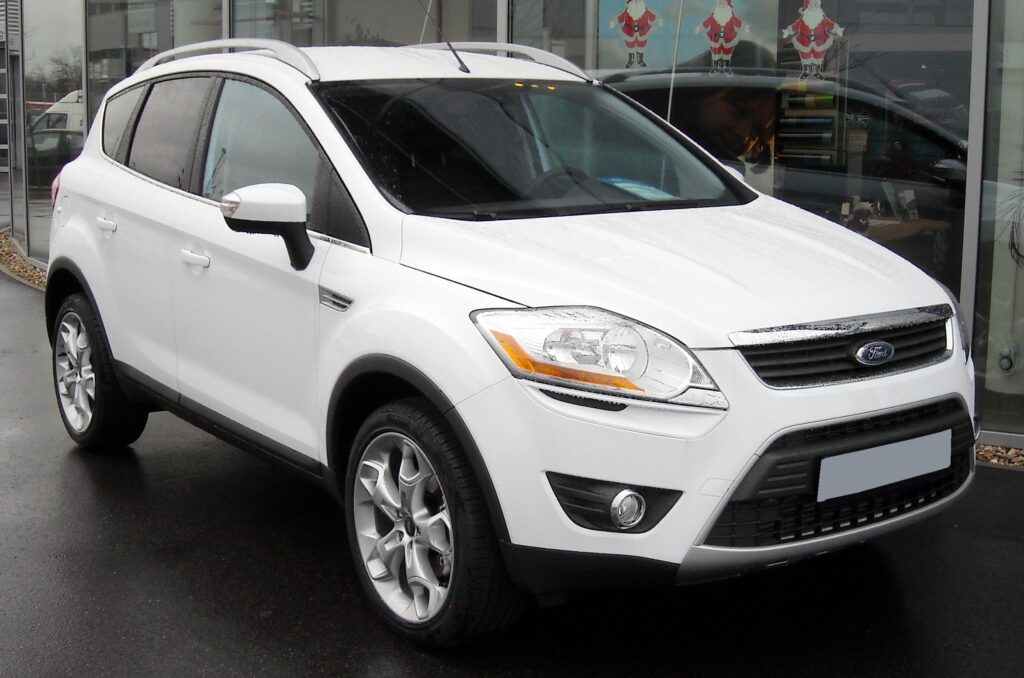
3. **Ford Kuga – Costly Repairs and Frequent Issues**The Ford Kuga rolls onto our list as yet another SUV that fails to live up to the promise of dependable motoring, securing an average reliability score of 8.70. For a brand like Ford, which has historically built its reputation on producing vehicles that are both practical and, for the most part, robust, the Kuga’s performance in the Honest John index is nothing short of a profound disappointment. It’s a stark reminder that even giants can stumble.
Owners of the Kuga have been vocal about their grievances, primarily citing frequent breakdowns that interrupt daily routines and lead to significant inconvenience. These aren’t just minor niggles; they’re the kinds of mechanical failures that result in unexpected garage visits, leaving owners questioning the wisdom of their purchase. The constant uncertainty of whether their vehicle will get them where they need to go is a source of profound frustration.
Adding insult to injury, these frequent issues often come with hefty price tags. The expensive repair bills associated with the Kuga’s problems are a major drawback, digging deep into owners’ pockets and making long-term ownership a costly affair. What might have seemed like a sensible, family-oriented choice at the dealership quickly transforms into a financial drain, eroding all goodwill.
The Kuga’s poor showing in reliability surveys is particularly surprising given Ford’s widespread image as a purveyor of sturdy, no-nonsense vehicles. This specific model seems to deviate from that expected standard, making its lack of dependability a significant letdown for those who have put their faith—and their cash—into the Blue Oval badge. It’s a blot on Ford’s generally respectable copybook, leaving many owners yearning for a return to form.
Read more about: Stay Away from These Wheels: The 10 Least Reliable Cars of 2025 Unveiled by Consumer Reports
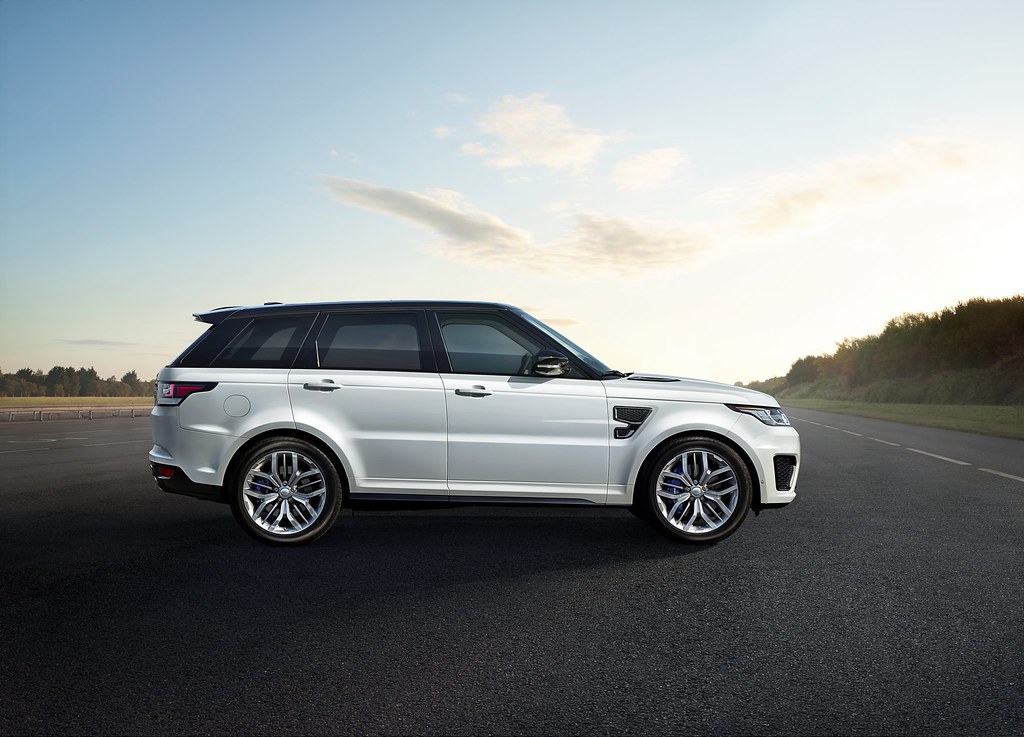
4. **Land Rover Discovery Sport – Improvement, But Still Unreliable**Luxury SUVs, it seems, have a bit of a pattern emerging on this list, and the Land Rover Discovery Sport is no exception. While the context suggests it has ‘fared slightly better than before,’ that’s a relative term, as it still languishes with an average reliability score of 8.91. This is a vehicle that embodies the aspiration of adventure and premium comfort, yet consistently struggles to deliver the fundamental reliability that should underpin such a grand promise. It’s a journey into the wilderness of mechanical woes.
Despite any purported improvements, the Discovery Sport remains plagued by persistent issues, most notably significant engine problems and nagging build quality concerns. These aren’t isolated incidents; they are systemic flaws that lead to frequent mechanical failures. Owners report a frustrating cycle of repairs, a clear indicator that Land Rover’s efforts to boost dependability haven’t fully stemmed the tide of dissatisfaction. The promise of rugged capability is often overshadowed by the reality of being stranded.
For those who invest in a Land Rover, particularly a model designed to tackle varied terrains and provide a sophisticated driving experience, a core expectation is unwavering dependability. However, the Discovery Sport consistently fails to meet this basic requirement. Its ongoing mechanical issues make it a risky purchase for anyone whose primary concern is a dependable vehicle that won’t require regular, unscheduled visits to the workshop.
It’s a peculiar dichotomy: a vehicle that projects an image of robust go-anywhere capability, yet buckles under the pressure of everyday reliability. The Land Rover badge traditionally evokes images of enduring strength and exploration, but the Discovery Sport, at least in its current reliable standing, often brings owners back to civilization prematurely, with a bill in hand and a sigh of regret. This is an SUV that tests your resolve more than any off-road trail.
Car Model Information: 2017 Mazda Mazda3 Sport
Name: Land Rover Discovery Sport
Manufacturer: Jaguar Land Rover
Production: 2014–present
ModelCode: L550
Assembly: Jaguar Land Rover Halewood,Changshu,Itatiaia,Pune
Designer: Gerry McGovern
Platform: Jaguar Land Rover car platforms#D8
Related: Range Rover Evoque,Jaguar E-Pace,Tata Harrier
Engine: ubl
Motor: ubl
Transmission: ubl
Wheelbase: Convert
Length: Convert
Width: Convert
Height: Convert
Weight: Convert
Sp: uk
Class: Compact crossover SUV#Luxury vehicles
BodyStyle: SUV
Layout: unbulleted list
Predecessor: Land Rover Freelander
Categories: 2020s cars, All-wheel-drive vehicles, Articles with short description, CS1: unfit URL, Cars introduced in 2014
Summary: The Land Rover Discovery Sport (internal code L550) is a compact luxury crossover SUV produced by British automotive company Jaguar Land Rover since 2014, under their Land Rover marque, and since 2017 their best-selling model.
Introduced in late 2014, it replaces the Freelander in a revised Land Rover range of vehicles, with Discovery joining Range Rover as a sub-brand. Contrary to its predecessor, the slightly larger car is also available in a seven seat layout.
The pre-facelift Discovery Sport is based on the JLR D8/LR-MS platform, customised for off-road applications, and is powered by a range of four cylinder petrol and diesel engines. It is the first Discovery built with a unibody structure.
Land Rover described the facelifted Discovery Sport as being based on the JLR PTA platform, a rebrand of the D8. It is also used by the Jaguar E-Pace and L551 version of Range Rover Evoque.
Get more information about: Land Rover Discovery Sport
Buying a high-performing used car >>>
Brand: Land Rover Model: Discovery Sport
Price: $13,857 Mileage: 76,933 mi.
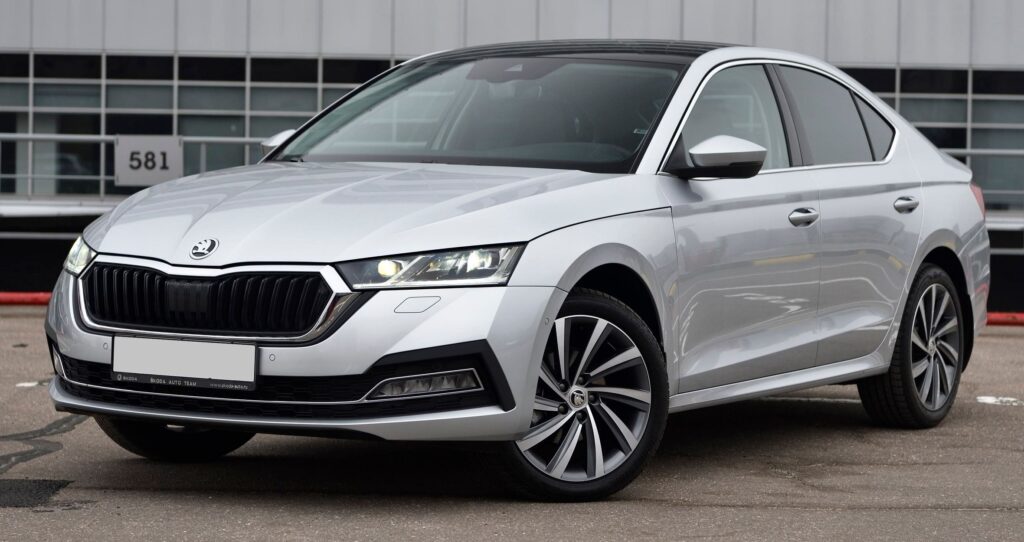
5. **Skoda Octavia (2013-2020) – Practical Yet Problematic**The Skoda Octavia has long been celebrated as a beacon of practicality, offering impressive interior space, a comfortable ride, and an accessible price point that appeals to budget-conscious families and fleet managers alike. It’s often touted as the sensible choice, delivering undeniable value without the frills. Yet, even this paragon of common sense isn’t immune to the reliability demons that plague our list, landing an average score of 8.91.
The Octavia’s Achilles’ heel, unfortunately, is a significant one: widespread gearbox issues, particularly concerning its DSG automatic transmission within the 2013 to 2020 model years. This isn’t a minor glitch; transmission problems are among the most debilitating and expensive repairs a car owner can face, often leading to substantial downtime and considerable financial stress. It’s a flaw that undercuts the very notion of ‘affordable’ ownership.
For a vehicle that otherwise excels in so many areas, this specific mechanical failing is a bitter pill to swallow for owners. The DSG automatic transmission, while offering quick shifts and efficient performance when it works, has proven to be a consistent source of frustration and unexpected costs. The complexity of these systems means that repairs are rarely simple, further exacerbating the ownership experience.
Despite the Octavia’s many positive attributes – its cavernous boot, comfortable seating, and overall ergonomic design – the persistent gearbox problems cast a long, dark shadow over its reputation. This single, critical issue significantly affects its overall rating in the Satisfaction Index, proving that even a car with an abundance of good qualities can be brought low by one glaring, fundamental flaw. It’s a frustrating reality for a car that promised so much practical peace of mind.”
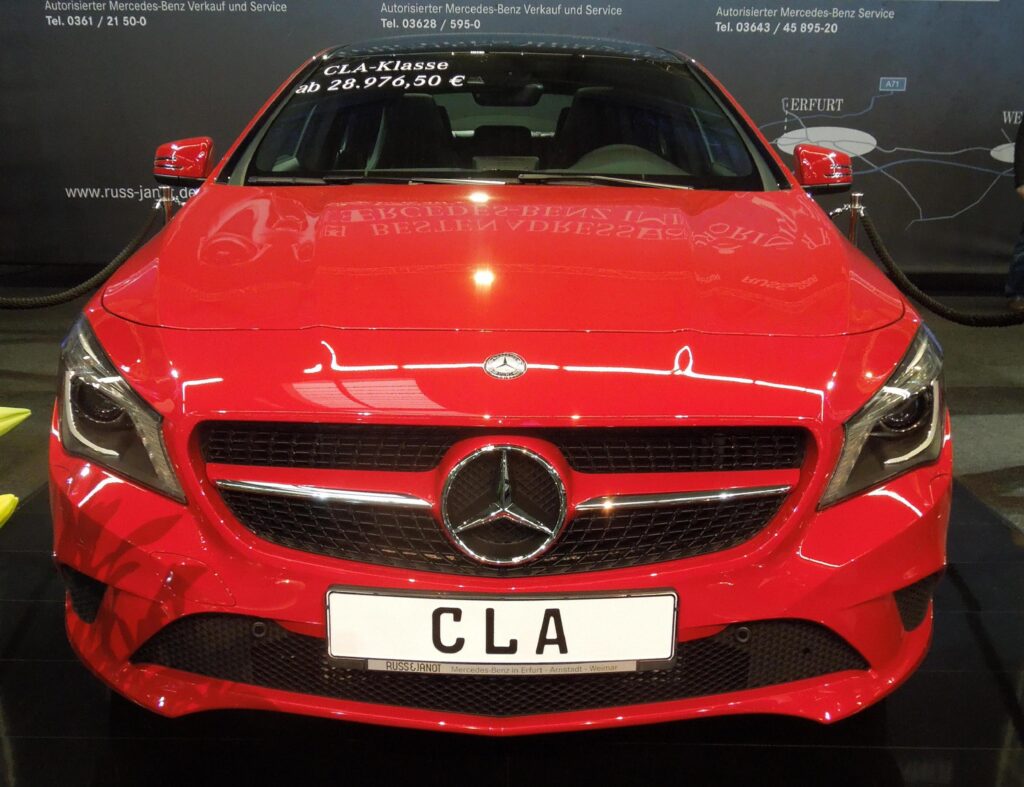
6. **Mercedes-Benz C-Class (2014-2021) – Expensive to Maintain**Ah, the Mercedes-Benz C-Class. It’s supposed to be the entry point to a world of sophisticated motoring, a compact executive sedan that whispers success rather than shouting it. With that iconic three-pointed star on the grille, buyers naturally anticipate a certain level of engineering prowess, a benchmark of reliability, and an ownership experience as smooth as the leather on its seats. Yet, here we are, staring down another premium badge that has landed itself on our list of automotive disappointments, scoring a rather anemic 9.05 in reliability on the Honest John Satisfaction Index. This isn’t just a minor slip; it’s a significant crack in the veneer of perceived luxury.
Despite its enduring popularity as a status symbol and a comfortable cruiser in the UK, a deeper look reveals a less flattering reality for models produced between 2014 and 2021. Owners, perhaps with a touch of exasperation in their voices, consistently report a litany of frequent mechanical failures. These aren’t the minor, easily ignored quirks you might find in a budget car; these are the kinds of issues that demand attention, time, and, most painfully, a hefty sum from your wallet. The dream of effortless luxury quickly devolves into a recurring nightmare of unscheduled service appointments and escalating repair bills.
The sting of these issues is amplified by the C-Class’s premium positioning. When you opt for a Mercedes-Benz, you’re not just buying transportation; you’re investing in a promise of quality and peace of mind. To then be confronted with a seemingly endless parade of costly repairs, from intricate electronic gremlins to more severe powertrain woes, feels like a betrayal of that trust. It fundamentally challenges the ingrained perception that a higher price tag inherently guarantees superior build quality and long-term dependability. Indeed, this specific generation of the C-Class serves as a rather surprising, and frankly, disappointing, counter-argument to that widely held belief.
The frustration isn’t merely about the money, though that’s certainly a major component. It’s also about the erosion of the ownership experience. What should be a point of pride and a joy to drive becomes a source of anxiety and regret. Every warning light, every unexpected rattle, every visit to the dealership chips away at the initial excitement, leaving owners to wonder if they made the right call in choosing a car that, by all appearances, should have been a paragon of automotive virtue. It’s a harsh lesson that even the most prestigious badges can sometimes lead you down a road to regret.
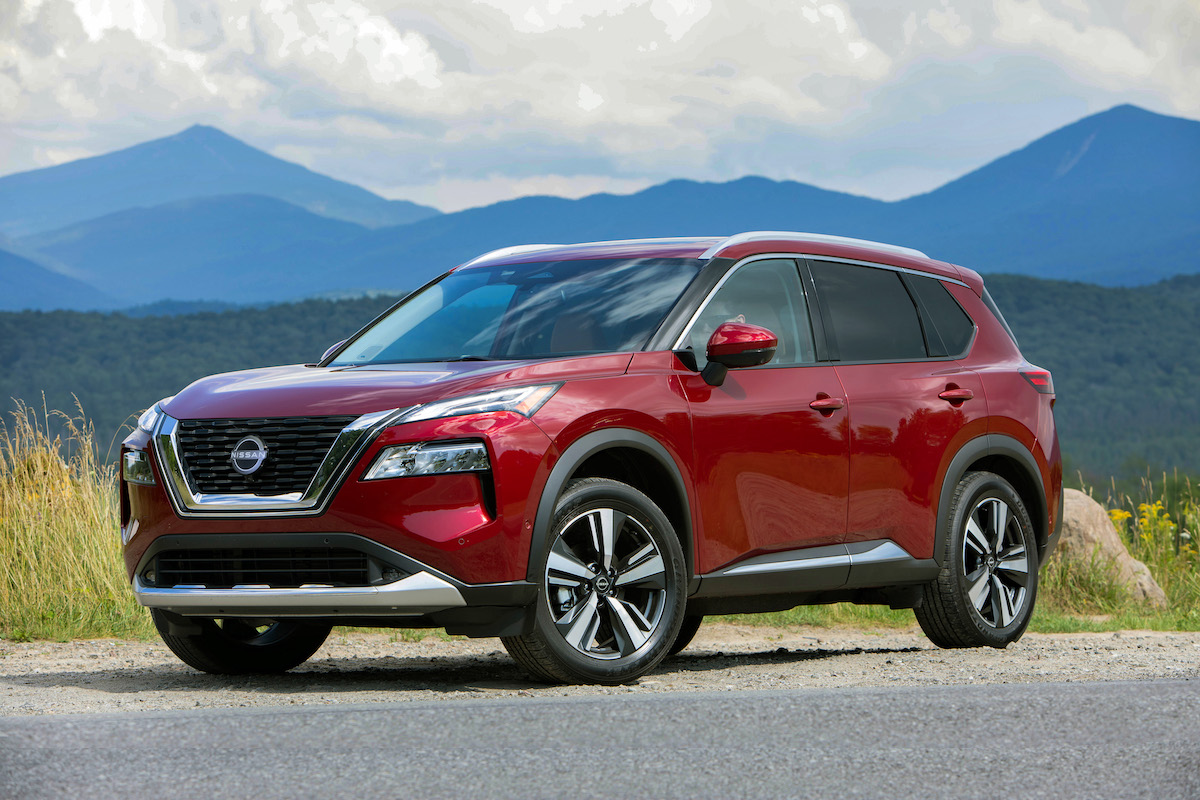
7. **Nissan Qashqai (2014-2021) – A Popular Model with Reliability Woes**Now, let’s turn our attention to a vehicle that has, for years, dominated the crossover segment: the Nissan Qashqai. It’s a name synonymous with practicality, sensible family transport, and, for many, the very definition of a modern urban SUV. This wasn’t some niche luxury item; it was a bona fide sales juggernaut, regularly topping charts and populating driveways across the UK. With such widespread adoption, one might reasonably expect a robust, dependable workhorse. Yet, the Honest John Satisfaction Index delivers a sobering reality check for the pre-2021 models, assigning it an average reliability score of 9.09 – a clear indication that popularity doesn’t always equate to steadfast dependability.
The sheer volume of these vehicles on the road only magnifies the scope of the problem. While it’s one of the best-selling crossovers, the previous generation (2014-2021) has unfortunately become a poster child for reliability concerns. Owner feedback paints a consistent picture of mechanical issues cropping up far too frequently. We’re talking about everything from niggly electronics that refuse to cooperate, to more significant engine and transmission problems that bring a sudden, unwelcome halt to your daily commute. These aren’t isolated incidents, but rather a pattern that points to systemic shortcomings in engineering or manufacturing.
For the legions of Qashqai owners, these persistent mechanical woes translate directly into tangible frustration and, crucially, escalating repair costs. What began as a sensible, budget-conscious family vehicle can quickly morph into a money pit, draining funds that could have been better spent on, well, anything else. It’s a classic example of a car that looks good on paper, feels right for the family, but then subtly, persistently, undermines your financial well-being with its appetite for garage visits. The initial joy of ownership gives way to a simmering resentment as the bills pile up.
Nissan, to their credit, seems to be aware of these past issues, with newer versions reportedly aiming to address the reliability concerns that plagued its predecessor. However, for those who bought into the dream of a trouble-free Qashqai from the 2014-2021 era, the damage is already done. Their track record stands as a stark warning: don’t let sales figures blind you to potential long-term headaches. Sometimes, the most popular choice isn’t necessarily the most dependable, and this generation of the Qashqai unfortunately serves as a potent reminder of that automotive truism.

8. **Ford Fiesta – A Declining Favorite**Oh, the Ford Fiesta. For decades, it was more than just a car; it was an institution, practically woven into the fabric of British motoring. It was the first car for countless new drivers, the dependable runabout for families, and the zippy compact that filled city streets and suburban driveways alike. It held the undisputed title of Britain’s favorite car for an astonishingly long time, a testament to its blend of affordability, fun-to-drive dynamics, and perceived reliability. But alas, even legends can stumble, and the Fiesta’s reliability has, in recent years, taken a noticeable and regrettable hit, culminating in a disappointing score of 9.12 on the Honest John Satisfaction Index.
This decline is particularly painful to witness because the Fiesta once represented the epitome of a no-nonsense, get-the-job-done vehicle. However, current owners are singing a different tune, citing a litany of build quality issues that are actively contributing to widespread dissatisfaction. We’re not talking about subjective styling preferences here; we’re talking about tangible defects and shortcomings in how the car is put together. These range from interior trim pieces that decide to part ways with the dashboard to electrical gremlins that play hide-and-seek with critical functions, leaving owners scratching their heads and reaching for the service manual.
The sad reality is that these persistent problems have played a significant role in the Fiesta’s waning popularity. The automotive landscape is a brutal, competitive arena, and as consumer preferences shift towards the more commanding presence and perceived practicality of compact crossovers, like Ford’s own Puma, any lingering reliability concerns become magnified. Why invest in a car that might leave you stranded or constantly heading to the garage when there are seemingly more robust alternatives available? The public’s trust, once unwavering, has begun to erode, with each new report of a build quality issue chipping away at its once-unassailable reputation.
It’s a genuine shame to see such a beloved icon falter in this way. The Fiesta was always celebrated for its spirited driving experience and its ability to punch above its weight class in terms of enjoyment. But a fun drive quickly loses its luster when you’re constantly worried about what might fail next. This unfortunate downturn in reliability, coupled with evolving market trends, has pushed a once-undisputed champion off its pedestal, leaving a legacy of fond memories mixed with a growing sense of disappointment among its more recent owners. The road to regret is paved with good intentions, and sometimes, a once-great car finds itself on it.
Car Model Information: 2014 Ford Fiesta SE
Name: Ford Fiesta
Manufacturer: Ford Motor Company
Production: June 1976 – July 2023
Class: Supermini
BodyStyle: hatchback
Layout: Front-engine, front-wheel-drive layout
Successor: Ford Puma (crossover)
ModelYears: 1978–1980, 2011–2019 (North America)
Categories: 1980s cars, 1990s cars, 2000s cars, 2010s cars, 2020s cars
Summary: The Ford Fiesta is a supermini car that was marketed by Ford from 1976 to 2023 over seven generations. Over the years, the Fiesta has mainly been developed and manufactured by Ford’s European operations, and had been positioned below the Escort (later the Focus).
Ford had sold over 15 million Fiestas from 1976 to July 2011, making it one of the best-selling Ford nameplates behind the Escort and the F-Series. It has been manufactured in the United Kingdom, Germany, Spain, Brazil, Argentina, Venezuela, Mexico, Taiwan, China, India, Thailand, and South Africa.
The Fiesta was discontinued in 2023, after over 22 million units had been made. The final Ford Fiesta rolled off the production line on 7 July 2023.
Get more information about: Ford Fiesta
Buying a high-performing used car >>>
Brand: Ford Model: Fiesta
Price: $5,999 Mileage: 100,069 mi.
Read more about: Buyer Beware! These 15 Cars Will Become Your Worst Financial Nightmare After Hitting 100,000 Miles

9. **Volvo V40 (2012-2019) – Outdated and Unreliable**Next up on our tour of automotive letdowns is a nameplate that might conjure images of Scandinavian safety and sensible design: the Volvo V40. This compact hatchback, produced between 2012 and 2019, was Volvo’s answer to the premium compacts, aiming to blend practicality with that distinctive Swedish aesthetic. However, its rather telling reliability score of 9.13 on the Honest John Satisfaction Index speaks volumes – so much so that its discontinuation serves as a de facto admission of its shortcomings. This isn’t just an outdated design; it’s a car that, regrettably, failed to live up to the brand’s storied reputation for robustness.
The V40, despite its attempts at contemporary styling for its time, eventually struggled with more than just its aging looks. Owner feedback consistently highlighted a multitude of issues pertaining to both durability and overall performance. These weren’t minor annoyances; these were the kinds of problems that fundamentally undermined the ownership experience. We’re talking about components that aged prematurely, systems that failed without warning, and a general lack of the long-term resilience that one typically associates with the Volvo badge. It was a frustrating blend of a car that felt like it was behind the curve, even when it was new, and then compounded that with unexpected breakdowns.
Indeed, the V40 found itself squarely among the least dependable models in the entire Satisfaction Index. This is a particularly harsh indictment for a brand like Volvo, which built its formidable reputation on a bedrock of unwavering safety and engineering integrity. To have a model fall so short in the reliability stakes suggests either a misstep in design, a compromise in manufacturing, or perhaps a combination of both. Whatever the root cause, the end result was a car that left its owners feeling shortchanged and, in many cases, outright exasperated by its consistent need for attention and repair.
The good news, for Volvo at least, is that lessons seem to have been learned. The V40’s spiritual successor, the XC40 SUV, has been met with significantly better feedback, suggesting a return to form for the brand in the compact segment. But for those who bought a V40 hoping for a slice of traditional Volvo dependability, the experience was often one of profound disappointment. It serves as a potent reminder that even brands with sterling reputations can occasionally produce a lemon, and that discontinuing a model isn’t always about market trends; sometimes, it’s about quietly ushering a problematic product out the door.
Car Model Information: 2000 Volvo V40 A
Categories: All set index articles, Articles with short description, Set index articles, Short description is different from Wikidata, Volvo vehicles
Summary: Volvo V40 may refer to:
Volvo V40 (1995–2004), a station wagon version of the S40 manufactured by Volvo from 1995 to 2004
Volvo V40 (2012–2019), a hatchback manufactured by Volvo from 2012 to 2019
Get more information about: Volvo V40
Buying a high-performing used car >>>
Brand: Volvo Model: V40
Price: $12,900 Mileage: 19,890 mi.
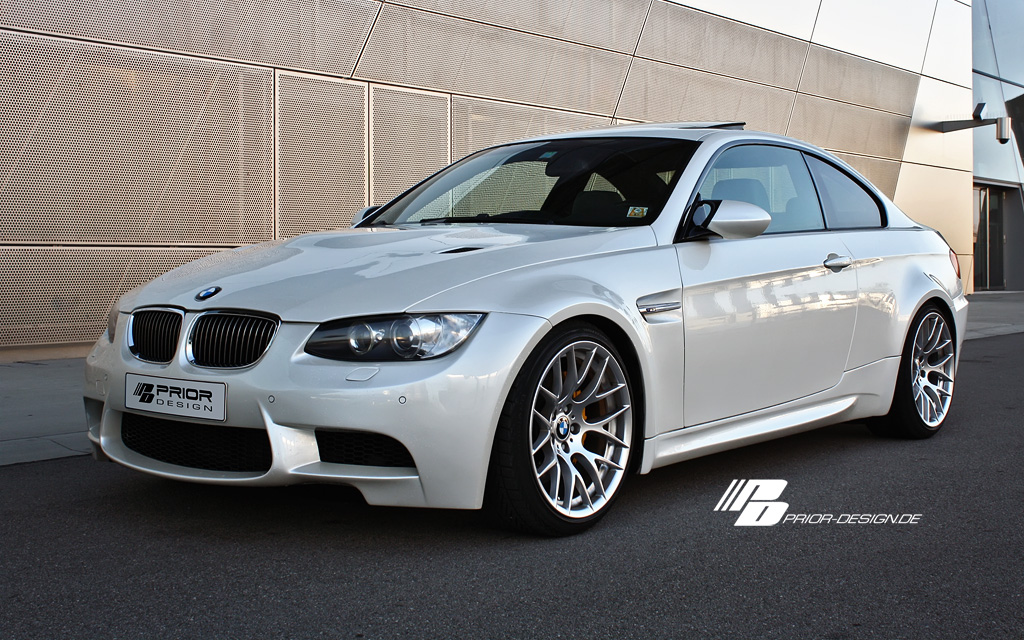
10. **BMW 3 Series – Premium Look, Subpar Reliability**And finally, bringing up the rear of our rather disheartening parade of unreliable vehicles from the Honest John Satisfaction Index, we have a name that almost feels sacrilegious to include: the BMW 3 Series. The 3 Series, for decades, has been the very benchmark of the sports sedan segment, the go-to choice for enthusiasts and aspirational buyers alike, promising an intoxicating blend of driving dynamics, sophisticated engineering, and undeniable prestige. It’s the ultimate driving machine, right? Well, apparently not always, as its score of 9.20 reveals a darker side to this automotive icon – a premium look, yes, but often paired with a surprisingly subpar reliability experience.
And finally, bringing up the rear of our rather disheartening parade of unreliable vehicles from the Honest John Satisfaction Index, we have a name that almost feels sacrilegious to include: the BMW 3 Series. The 3 Series, for decades, has been the very benchmark of the sports sedan segment, the go-to choice for enthusiasts and aspirational buyers alike, promising an intoxicating blend of driving dynamics, sophisticated engineering, and undeniable prestige. It’s the ultimate driving machine, right? Well, apparently not always, as its score of 9.20 reveals a darker side to this automotive icon – a premium look, yes, but often paired with a surprisingly subpar reliability experience.
This is where expectations collide brutally with reality. Buyers flock to the 3 Series for its crisp handling, powerful engines, and the sheer joy of piloting a finely tuned German machine. Yet, a persistent chorus of criticism points directly to issues of poor build quality. This isn’t about subjective opinions on styling; it’s about the tangible execution of the vehicle’s construction. From components that fail prematurely to materials that don’t quite stand the test of time, these shortcomings undermine the very essence of what a premium car should represent. The illusion of Teutonic infallibility quickly dissolves under the scrutiny of everyday ownership.
Adding to the disillusionment, owners also frequently voice dissatisfaction with the ride comfort, which for a premium sedan designed for both spirited driving and daily commutes, is a significant blow. While some might argue that a firm ride is part of its sporty character, consistent complaints suggest it often crosses the line from engaging to genuinely uncomfortable. This, combined with the reliability woes, contributes to its below-average score in overall satisfaction. When you’re paying a premium price, you expect a harmonious balance of performance, luxury, and comfort – not a compromise on fundamental aspects.
It’s a particularly bitter pill for a premium sedan like the 3 Series to swallow. The disconnect between its aspirational image and the gritty reality of its dependability issues is stark. It serves as a powerful reminder that even the most revered marques can occasionally falter, proving that a reputation built on decades of excellence can be chipped away by a few problematic generations. So, while the BMW 3 Series still carries an immense amount of cachet, its appearance on this list is a cautionary tale: sometimes, the ‘ultimate driving machine’ might just leave you ultimately disappointed.
So there you have it: a revealing, and perhaps slightly painful, journey through the automotive landscape of disappointment. From once-unassailable luxury brands like Mercedes-Benz and BMW to mass-market heroes like the Ford Fiesta and Nissan Qashqai, the Honest John Satisfaction Index has pulled back the curtain on the cars that consistently fail to meet owner expectations. It’s a sobering reminder that a gleaming badge or a popular nameplate offers no bulletproof guarantee against mechanical maladies, build quality blunders, or the relentless march of unexpected repair bills.
Car Model Information: 2017 Mazda Mazda3 Sport
Name: BMW 3 Series
Manufacturer: BMW
Production: 1975–present
Class: Compact executive car
Predecessor: BMW 02 Series
Categories: 1970s cars, 1980s cars, 1990s cars, 2000s cars, 2010s cars
Summary: The BMW 3 series is a line of compact executive cars manufactured by the German automaker BMW since May 1975. It is the successor to the 02 series and has been produced in seven generations.
The first generation of the 3 Series was only available as a 2-door saloon; the model range expanded to include a 4-door saloon, 2-door convertible, 2-door coupé, 5-door estate, 5-door liftback (“Gran Turismo”; discontinued in 2019) and 3-door hatchback body styles. Since 2013, the coupé and convertible models have been marketed as the 4 Series; these styles no longer being included in the 3 Series.
The 3 Series is BMW’s best-selling model line, accounting for around 30% of the BMW brand’s annual total car sales, and has won numerous awards throughout its history. The M version of the 3 series, M3, debuted with the E30 M3 in 1986.
Get more information about: BMW 3 Series
Buying a high-performing used car >>>
Brand: BMW Model: 3 Series
Price: $13,857 Mileage: 76,933 mi.
Read more about: Mechanics Reveal 14 Used Cars That Will Drain Your Wallet: A Definitive Guide for Smart Buyers
This isn’t just a list of grievances; it’s a critical tool for anyone contemplating a new or used car purchase. It underscores the undeniable truth that true value isn’t just found in the initial sticker price or the allure of a marketing campaign, but in the steadfast reliability and the peace of mind that comes with owning a vehicle that actually delivers on its promises. In a world where car ownership can be one of the largest financial commitments outside of a home, arming yourself with this kind of unvarnished, owner-generated data is absolutely essential. Don’t let the glossy brochures or the fervent online fan clubs sway you blindly. Dig deeper, ask the tough questions, and prioritize the real-world experiences of those who’ve actually lived with these machines. Because at the end of the day, the only thing worse than a disappointing car is one that leaves you stranded, broke, and utterly regretful. Drive wisely, my friends.

